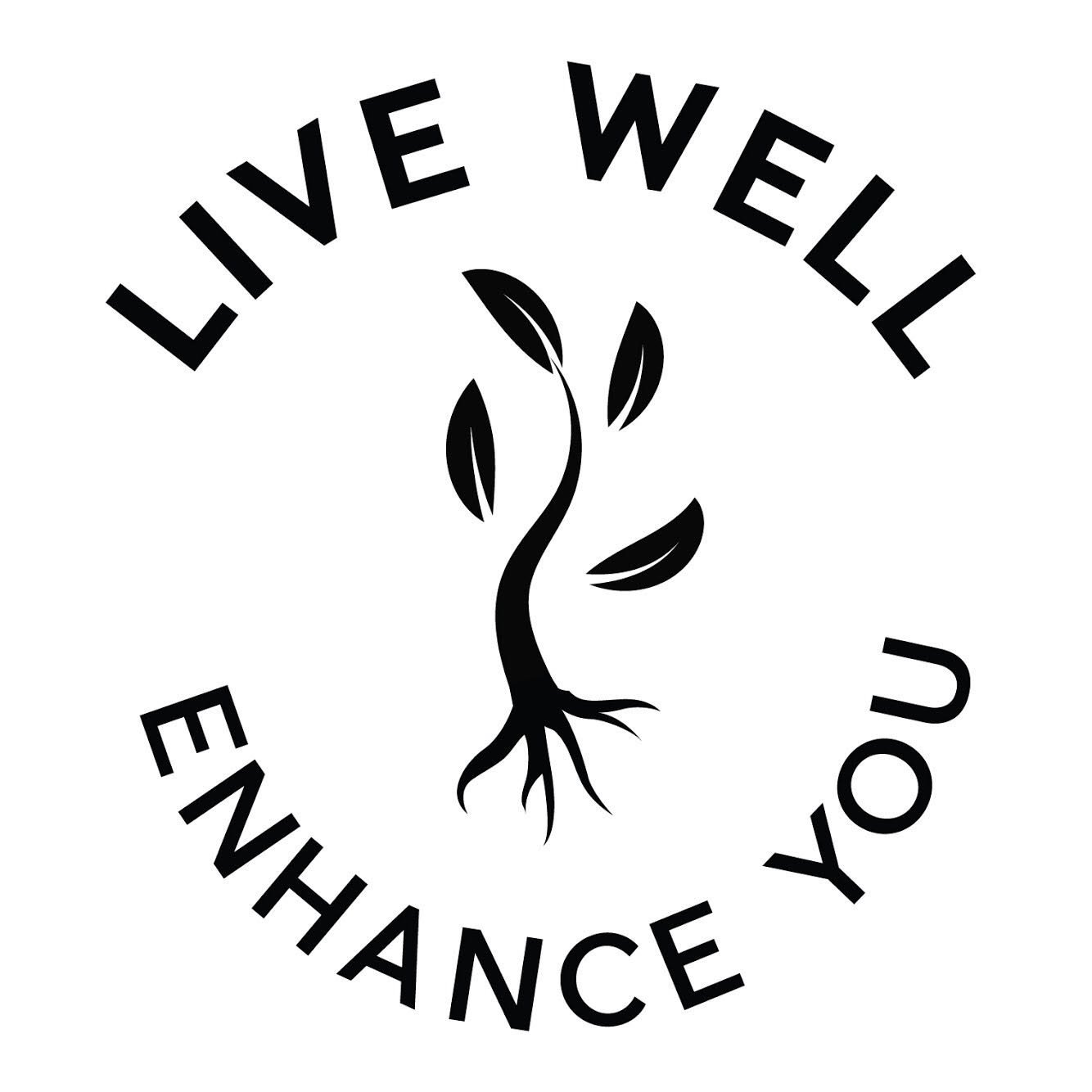Understanding Dyslexia: Signs, Facts, and Ways to Help
What would life be like without reading? It’s hard to imagine.
Reading is an important part of life for many reasons, most importantly because it helps us learn. In fact, you’re reading this blog post right now because you want to learn something! The fact that you can read these words is something to be grateful for, because for some people, reading doesn’t come easily.
October is Dyslexia Awareness Month, and this is something I can personally relate to. As a kid I had a mild case of visual dyslexia, but it didn't come to the surface until I had longer problems to solve in tests. I tended to get extremely frustrated and give up faster, but in high school I learned techniques to help me combat my mild case.
Unfortunately some kids – and adults – have dyslexia and don’t know it. They struggle with tasks that involve words and they’re frustrated because they have no idea why. I wanted to shed light on what dyslexia is and what kinds of learning techniques are helpful for those who have it.
What is dyslexia?
Dyslexia is a condition that causes people to have trouble with reading and writing. People with dyslexia often have difficulty memorizing grammar rules, connecting letters to sounds, putting together words to form sentences, and comprehending what they read. In some people, dyslexia is mild, and in others, it’s more severe. Dyslexia is something that can run in families.
Children with dyslexia usually finish reading assignments more slowly than other kids in class. Adults with dyslexia may face similar problems at work. For example, if they’re assigned to read a long report and summarize it, they may take a longer time to finish than the boss expects. It might look like these children and adults are just slacking off, but they’re trying the best they can – their brains just work differently.
Signs of dyslexia
If you’re wondering whether or not your child has dyslexia, or whether or not you have it, it’s good to know the signs and talk to a professional.
Children with dyslexia tend to have a hard time sounding out even simple words like “cat” because they have trouble understanding how letters connect to sounds. When reading a book, they prefer to look at the pictures and describe what they see instead of trying to read the words. They can grasp the main concepts of the story; they just struggle to read the words.
Dyslexia causes children to have difficulty when it comes to reading aloud, spelling, grammar, and vocabulary. They may have messy handwriting, write letters incorrectly, and skip words when they write sentences. Learning foreign languages is also hard for them. These reading and writing difficulties can cause children to lose confidence and feel shy and embarrassed whenever they have to read aloud.
There are adults with dyslexia who have never been diagnosed. These adults have had difficulty reading as a child, and in adulthood, they continue to read more slowly than other adults. They avoid reading long texts whenever possible. They also tend to stumble over their words when speaking and have trouble remembering words, often saying, “What’s that thing called? It’s on the tip of my tongue.”
Fortunately there are techniques people with dyslexia can use to strengthen their reading and writing skills. It may not be easy, but it’s possible.
Dyslexia learning techniques
If a child with dyslexia often pronounces words incorrectly when reading aloud, it could be because they don’t have a solid understanding of phonics. Phonics is the study of how words are broken down into sounds. Children with dyslexia may need to spend extra time studying phonics so they’ll be able to sound out words to figure out how they’re pronounced.
Spelling words correctly can be tricky for children with dyslexia. Children who need help with spelling can use mnemonic devices to remember how words are spelled. For example, someone who has trouble remembering the “W-e-d” in “Wednesday” can think about a bride having a wedding on Wednesday. Memorizing sight words is another technique for both spelling and reading. Some words are difficult or impossible to sound out (like “who” and “one”), so children have to memorize these words and recognize them on sight.
One way to help kids write an essay, especially if they’re around upper elementary school age, is to give them speech-to-text software to help them create the first draft. Then they can edit the essay and make it better. Writing in cursive instead of print is another possible solution for kids who have dyslexia. Since the letters in cursive words are connected, the letters can flow more easily from children’s brains onto the paper.
The most important way to help people with dyslexia
When teaching, helping, or working alongside someone who has dyslexia, the most important thing you can do is to give them encouragement. Let them know that you have confidence in their abilities. Also, be patient with them. Dyslexia can cause people to go at a slower pace when doing certain tasks, and that’s okay!
While dyslexia can’t be cured, it doesn’t stop people from being successful in life. People with dyslexia can do well in school and excel in their careers. They’re no less intelligent or creative than anyone else – they just need to learn and work in a way that’s right for them.
